48 hours in Brighton
Winter or summer, Brighton with its historic pier, stunning blue flag beach plus rich street art scene , buzzing galleries and live music bars plusdiverse gastronomy scene to boot, makes it a great place for a short break. Here is my guide to how to spend 48 hours in Brighton, one of the last few classic British seaside resorts in existence. We start with a walk on beach on a cold but fine January morning…

1. Brighton Beach
It is 9am in the morning on a fine January winters morning. I’m at the Brighton Seafront, recognized as one of the world’s top 10 beach destinations! It’s a unique , moving experience seeing a beach in the winter. Large and noisy part of the local population, the seagulls are very much a key feature of Brighton with the local football club nicknamed the ‘Seagulls’ The waves roll in and keep receding with that same mesmerising rhythm. It’s sunny. There is no warmth on offer.Still, the winter sky is the clearest you will see. A piercing blue that will sterilise the foggiest, darkest thoughts of winter. The bracing wintry sea breeze is an icy facial- painful yet bringing me to my senses and quite exhilirating. The sand is not powdery warm and soft as in summer. Slightly thicker and clumpier, rich in moisture but still pristinely clean, the beach has a certain austere beauty. Stretching 6.5km, the seafront walk from Brighton Marina can take you all the way to the Hove Lagoon in the east, a scenic journey worth undertaking if the weather is good. Heading further east, from Brighton Marina to Saltdean, the impressive undercliff walk is also a great coastal hike. T
2. Brighton Pier
Even in winter, the Brighton Pier looked stunning. I got lucky taking the shot above: just as I approached the sun was breaking through the clouds. However seeing the Pier empty , without the masses of people, an air of melancholy sweeps over me. I suddenly wish summer was around the corner. Then as I depart the Pier, the sun suddenly hides beneath the clouds and the rain comes from nowhere. Worth remembering: Entry is free to Brighton’s Victorian pier. There is no charge to stroll out over the sea 500 metres to the end of the Brighton Pier.
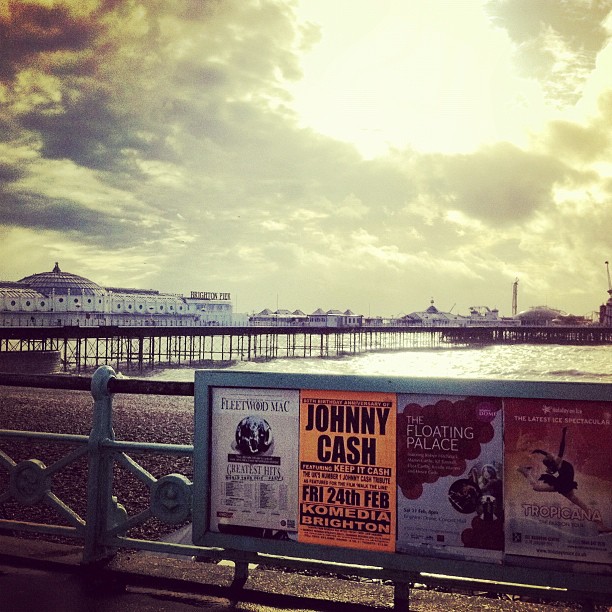
3. The Lanes
A quick brisk walk from the seafront brings me into the narrow maze of Brighton’s historic Lanes which offer some protection from the elements. Originally the heart of the old fishing town of Brighthelmstone, the Lanes are now home to a heady mix of antiques, expensive jewellery and upmarket fashion labels.
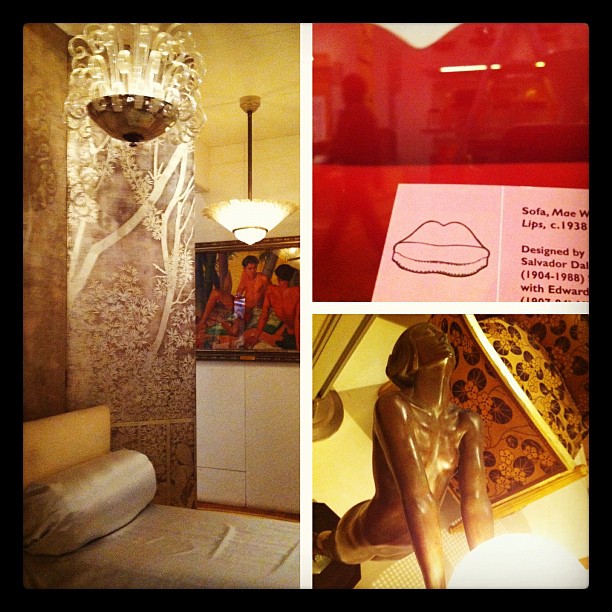
4. Visit the Brighton Museum + Art Gallery
After a brief wonder my next stop is a hot date at Brighton Museum + Art Gallery ( £ Free entry) with Mae West. I’m here at the Museum to check out it’s prized exhibit, one of the 20th century’s most sensuous and iconic pieces of furniture: the Mae West lips sofa by Salvador Dali. My first impression was like ‘Wow’ It’s not something I expected to see in Brighton. The story behind the lips sofa is an interesting one. The sofa was a collaboration between Dali and Sussex based, wealthy art collector- Edward James. James, with the help of Dali transformed Monkton House, a Lutyens Dower house on his family’s West Dean estate in Sussex into an extravaganza of surreal fantasy. In hindsight now at the time of writing, it is no surprise to see Dali’s works in Brighton. I am not sure if Dali ever visited Brighton. He would felt very much at home and enjoyed visiting this quirky, eccentric and very alternative city. Other highlights of my visit to the Museum was a cracking Art Deco exhibition where I got the chance to see fantastic works like Armand Albert Rateau’s Day Bed and Screen. Rateau studied cabinet making at the Ecole Boulle and worked for number of wealthy private clients like fashion designer Jeanne Lanvin and the composer Cole Porter. Other quirky Art Deco pieces that caught my eye included the cool table lamp circa 1925 designed by and made by Max Le Verrier. There’s something about Art Nouveau art-really exudes class and sophistication.
Tip: Brighton boasts a few more excellent museums which offer free entry!
- Hove Museum & Art Gallery, collections include toys, cinema, local history, and fine art.
- Booth Museum of Natural History, collections include birds, butterflies, fossils, bones and skeletons.
- Brighton History Centre, a one stop shop for information on local and family history.

5. Royal Pavilion
Attached to the Brighton Museum is the Royal Pavilion -possibly the most dazzling and exotic buildings in Britain. Dali surely would have approved of this place. Unfortunately at the time of my visit, the Pavilion was closed for refurbishment. ‘You either love it or hate it’, was how Chris Giles, resident of the city for 30 years and part of the city’s fantastic Greeter scheme, summed up the Pavilion. The Greeter allows visitors the chance to be shown around the city by a local greeter for free. It’s a fantastic idea and in Chris, I had the perfect local guide- extremely passionate about the city’s cultural and artistic heritage. Chris’s indepth knowledge, insight into the history of every crook and corner in Brighton really made a big difference to the Brighton experience.
The essentials
Brighton’s Greeter Tours is a free service provided by Visit Brighton and operate from the Brighton Visitors Centre. For more information or to book a tour (it’s best to book 7-days in advance) check-out Visit Brighton’s website.
6. Cassette Lord
First thing walking around Brighton that caught my eye are the green telephone termination boxes painted with pixedlated bright images of cassettes with the kickass signature name of…………… Cassette Lord. I took some photos of his artwork while in Brighton and thought be interesting to find out more about the story behind this unique art project. 37 years old and originally from Portsmouth, Cassette Lord came to the city to run the local Artscape Project: a project he was hired to run which is all about teaching and creating graffiti art on walls and murals to young offenders as community service. Given the kids interest in graffiti and his passion for the art form- Artscape was a real turning point for him and inspiration for the project. Technique: Cassette Lord makes sculptures out of tapes, spray them white, red, blue or yellow and then pulls them together to form the pixelated retro image. Personally wow, what a great idea- I love all things retro that are evocative of my childhood- especially tapes ( still have my collection! ) Cassette Lord has definitely added some colour and character to the city. Grafitti sadly, is often a misunderstood artform. It is refreshing to see the local council instead of pushing it underground, embracing it to allow Cassette Lord to transform the dreary green telephone boxes into a great art project.
7. Quadrophenia Film Locations
For Mod enthusiasts, seeking out the film locations from the 1979 movie “Quadrophenia” is a must. This film, credited with kick-starting the Mod revival, vividly depicts the 1960s clashes in Brighton between Mods and Rockers, all set to the iconic soundtrack by The Who. If you’re into the Mod vibe, Brighton offers a plethora of vintage, boutique, and second-hand emporiums perfect for Mod-style shopping. Explore over 300 independent boutiques in and around the North Laine and Lanes area for a truly unique shopping experience.
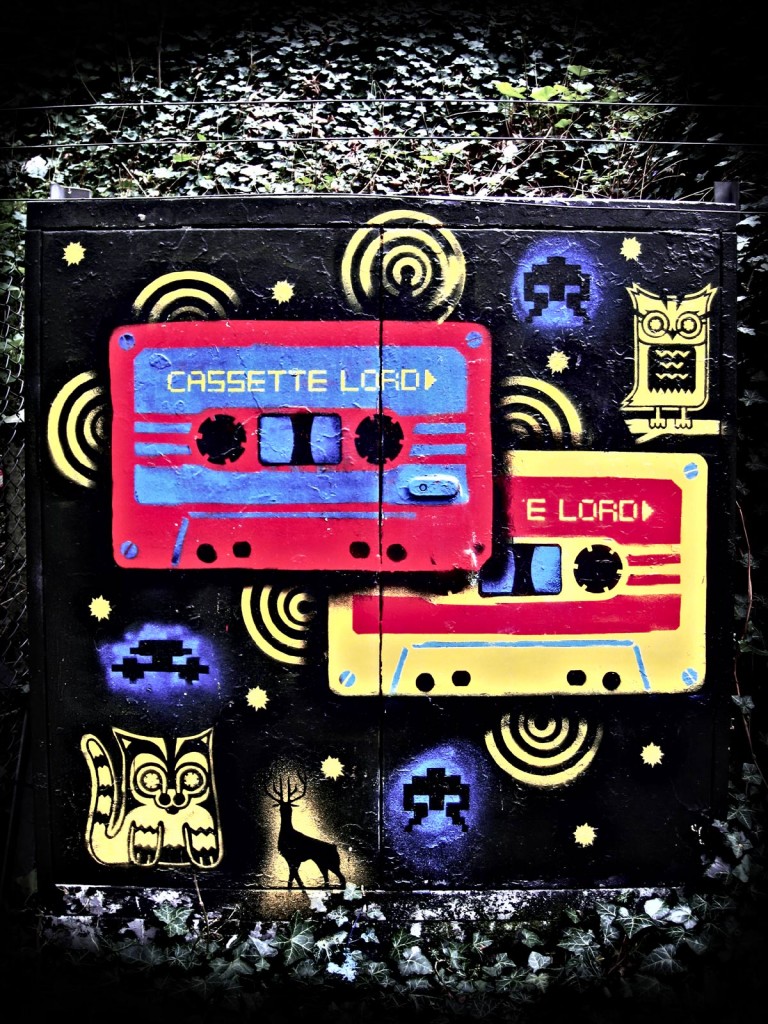
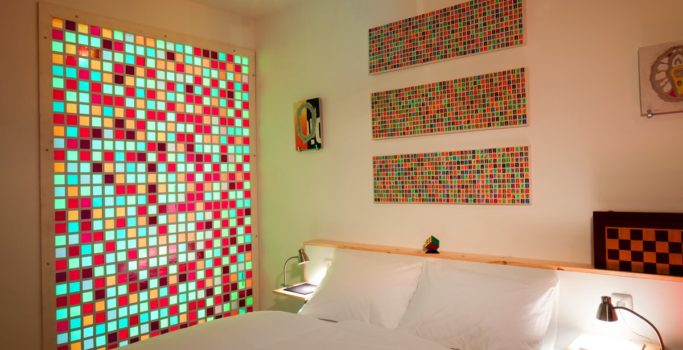
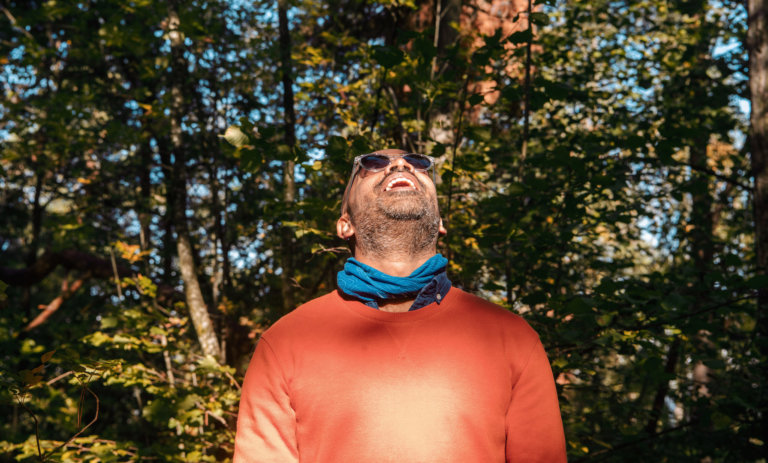

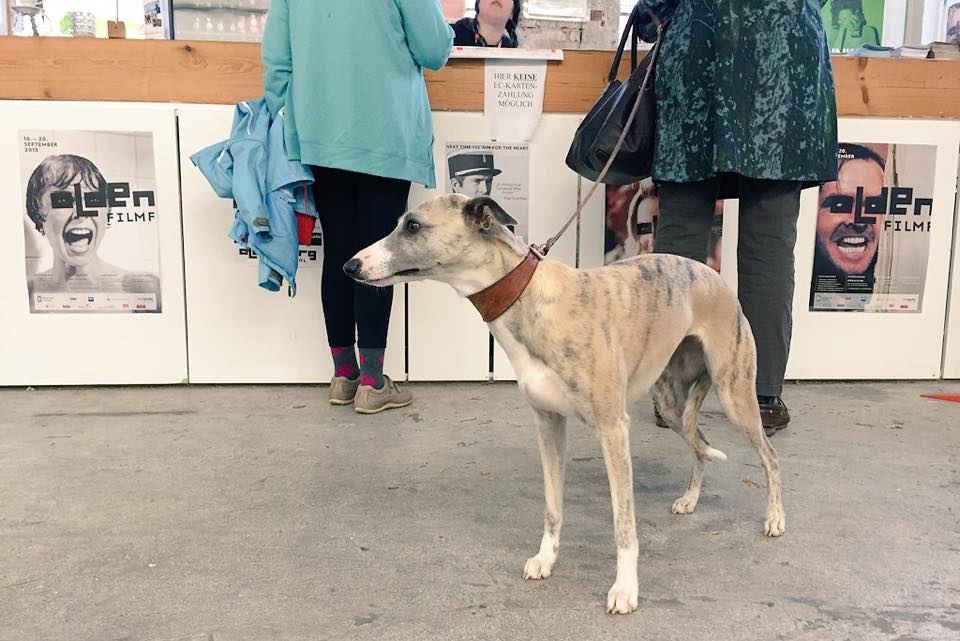
Hi
Good stuff – I love Brighton, All the cool people, used to go a lot when i lived in London – First time i went was the first time Fatboy Slim played on the beach ! two Words Utter Chaos (but fun)
Tristan
Hey Tristan…
Awesome place – really inspired me ..plan to go back later in the summer